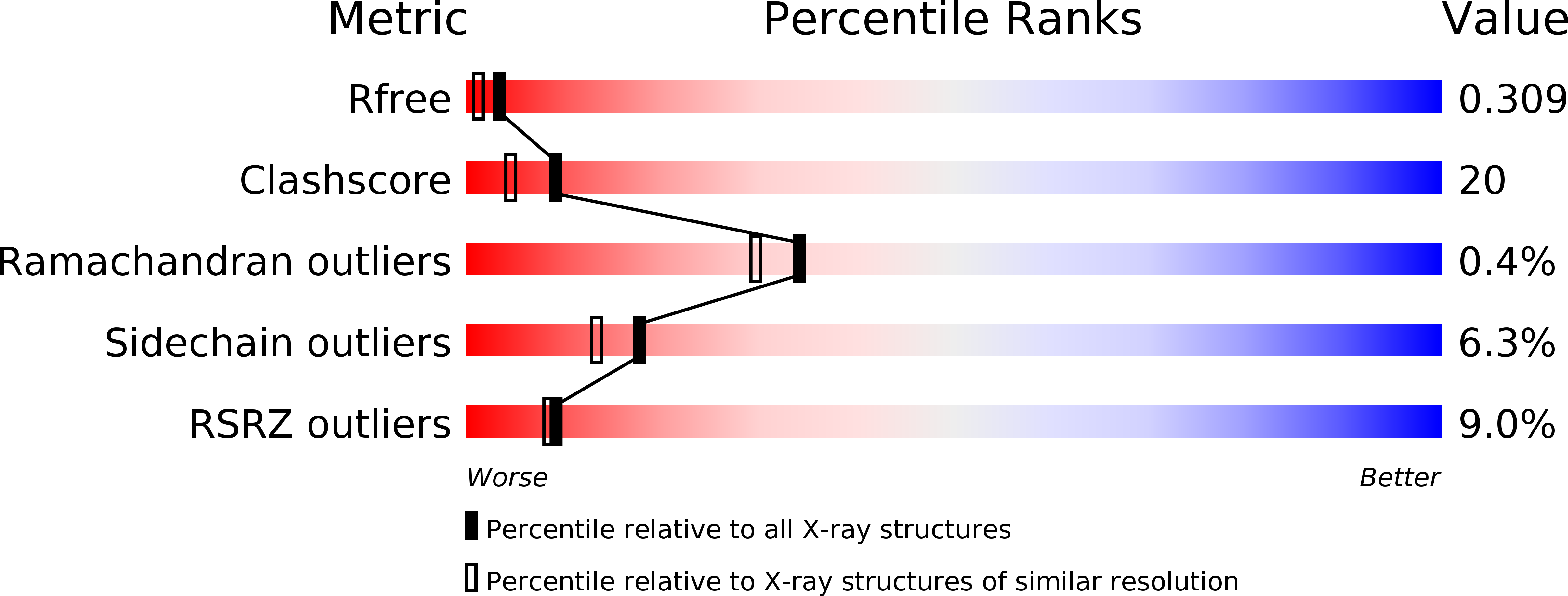
Deposition Date
2009-07-23
Release Date
2010-01-26
Last Version Date
2023-11-01
Entry Detail
PDB ID:
3IEO
Keywords:
Title:
The coumarin-binding site in carbonic anhydrase: the antiepileptic lacosamide as an example
Biological Source:
Source Organism:
Homo sapiens (Taxon ID: 9606)
Method Details:
Experimental Method:
Resolution:
2.00 Å
R-Value Free:
0.29
R-Value Work:
0.25
R-Value Observed:
0.25
Space Group:
P 1 21 1


